If coming-of-age stories are your preference, but you’re looking for a new twist on the genre, then look no further than Arisa White’s latest title Who’s Your Daddy. This poetic memoir presents a modern take on growing up, from adolescence to adulthood. Arisa White’s story told through narrative poems gives readers a taste of living under an unjust set of fathers. But it’s not all doom and gloom as Arisa interjects a style of humor that complements her own sensibilities. Even though readers are meant to view this story through the perspective of a young Black Guyanese girl, anyone who has had an unfavorable relationship with a parental figure can find value in White’s collection.
0 Comments
How can you write a memoir about a day? Authors generally write memoirs about entire lifetimes, not twenty-four hours. And yet, author Sonya Huber set out to record a single day in her life and all that it stood for in her newly released memoir, Supremely Tiny Acts: A Memoir of a Day.
Huber wears many hats—those of an activist, mother, wife, professor, and writer to name just a few. And in a perfect storm of sorts, Huber finds herself needing to balance all of these roles. Huber’s memoir is micro-focused on a single day. While participating in an environmental protest about climate change in Times Square, Huber is arrested. The main day chosen for the memoir, however, is Huber’s day in court following this arrest. On this same day, she finds herself grading her students’ papers (having necessarily canceled class), dealing with her rheumatoid arthritis, trying to calm her own nerves at needing to appear in court all before she is expected back to her hometown in Connecticut to take her teenage son for his driving test.
Author Kazim Ali reminds us that, like layers of sediment in the earth, generations of lives are inscribed within the land around us. In his memoir Northern Light: Power, Land, and the Memory of Water, Ali weaves a detailed meshing of historical events, personal accounts, and his own experiences as he searches for answers to the series of questions that led him to Cross Lake and the Pimicikamak community.
After seeking help from numerous doctors and specialists, Esme Weijun Wang couldn’t shake the feeling that something was being missed.
Finally, there was a breakthrough during her college years when she was first diagnosed as bipolar the summer before she left for New Haven. And then when her medical records were sent to Stanford she explains, “In the referral authorization itself, I was listed as having two diagnoses: schizoaffective disorder, bipolar type and idiopathic peripheral neuropathy. There was no mention of fibromyalgia, complex PTSD, dysautonomia/POTS, chronic Lyme disease, or any of the other diagnoses I’d received over the years” (185). Esme Weijun Wang’s 2019 essay collection The Collected Schizophrenias is an engaging journey that deals with a serious topic. The book does a thorough job of educating the reader in this area of health that is commonly misunderstood. The relationship between the author and the text is beautifully captured by including both clinical information and her own personal struggles and triumphs.
“There are two things that happen when someone is trying to decide [...] where they are going to put your otherness,” Marra B. Gad writes in her new book The Color of Love. “For some, there is a blankness in the eyes that takes over, as if they are lost in thought,” but for others, “there is an immediate narrowing, a sharpness that engages. And it is because they don’t need to think.” For Marra, these two reactions encompassed much of her world. In the prologue, Marra describes her background as a mixed Jewish woman, half white and half black, who was adopted by a Jewish family in 1970. To Marra, the labels she identifies with don’t matter, shouldn’t matter, yet, “For many, identity is literally a black-and-white matter.” Something that is, or isn’t.
|
Archives
July 2024
Categories
All
|
|
Glassworks is a publication of Rowan University's Master of Arts in Writing 260 Victoria Street • Glassboro, New Jersey 08028 [email protected] |
All Content on this Site (c) 2024 Glassworks
|

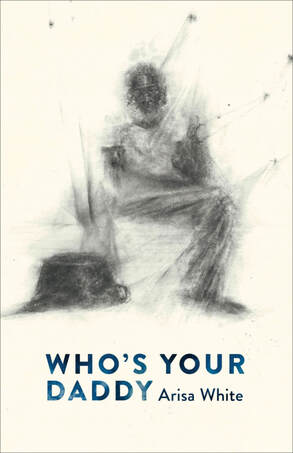
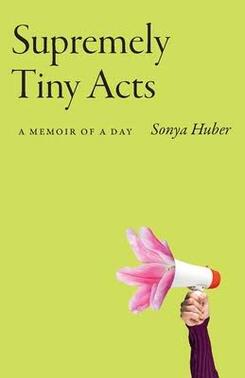
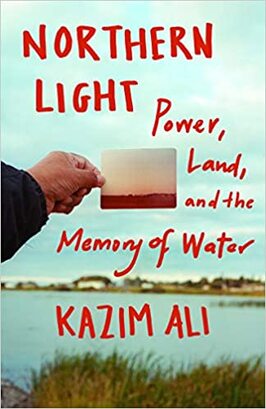
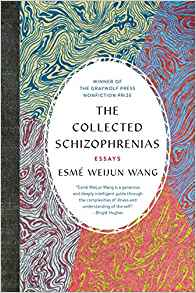
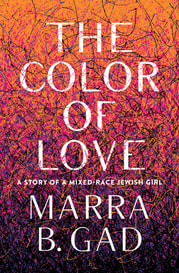
 RSS Feed
RSS Feed
